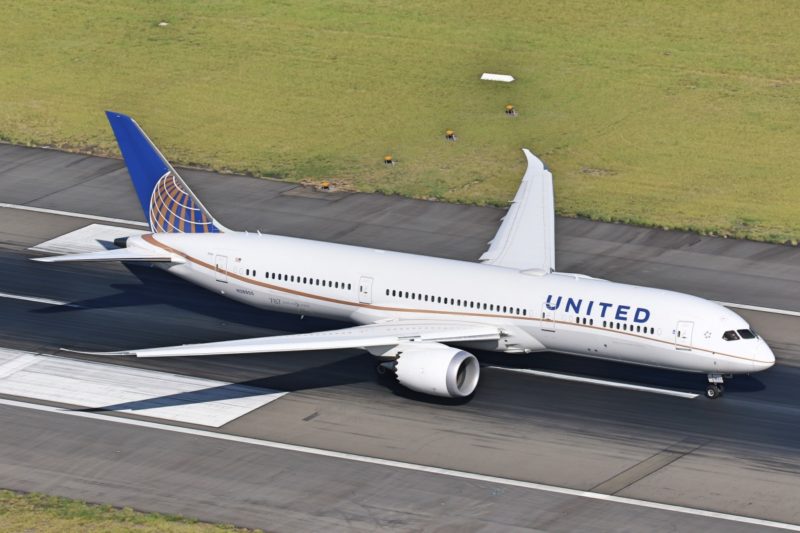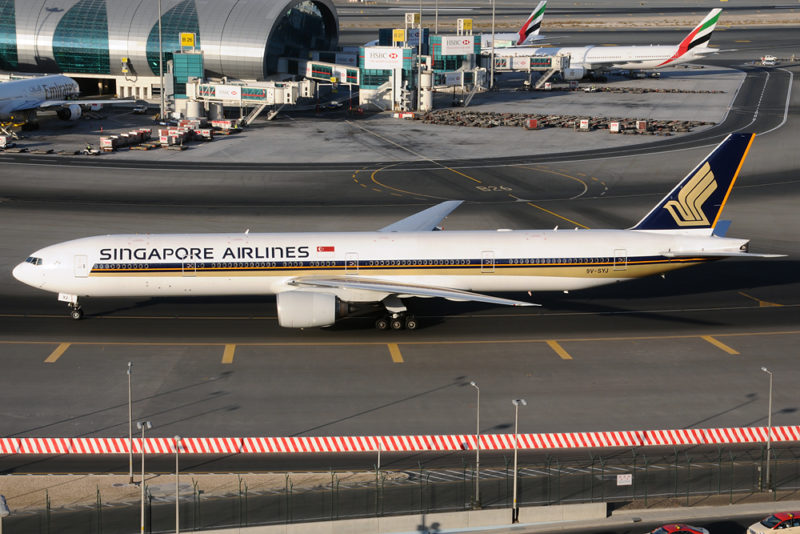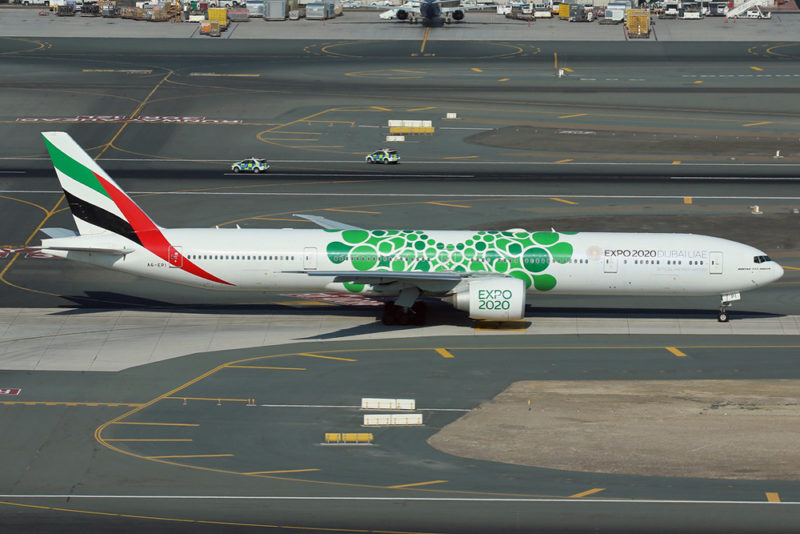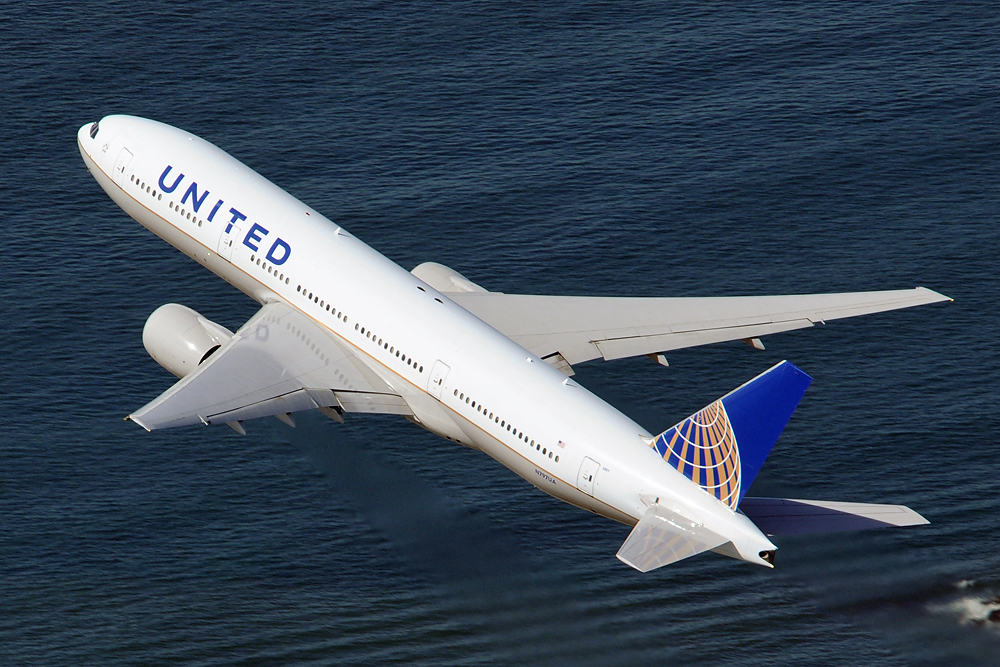Airlines have begun to ramp up their network connectivity at any cost. For what has felt like an age, the roars of the engines are finally starting to be heard again. With airlines resuming their operations, and jostling for prime positions in their core markets, they are signalling to the world that they have navigated beyond the crisis.
However, a big question lingers on whether demand has genuinely recovered in the long-haul sector. It still remains uncertain. Throughout the COVID-19 crisis, we have been exposed to countless scenarios and forecast models, but the majority have been well off the mark. 2023 has been widely projected as the year when long-haul demand will recover, but in this case, we shall look to 2025 and beyond, of which can be based upon the ‘Nike Swoosh-Shaped Recovery’.
In turn, this conservative estimate challenges airlines to optimise their networks in a far more disciplined manner; a manner which must reflect the low-demand environment. On the other hand, there are overoptimistic airlines rapidly scaling up their wide-body long-haul operations again (e.g. Boeing 777-300ER) at a time when there is low passenger confidence and the economy is on the brink of another global recession.
In the build-up to the pandemic, the airline industry was facing crippling overcapacity issues. Huge levels of competition were shrinking the pool of profit; in many ways the industry was cannibalising itself. Fares were plummeting to unsustainable levels, both from a financial and environmental perspective, the service quality on long-haul flights was also declining too.
Airlines are employing a range of commercial strategies to rebuild their long-haul networks and, as lockdowns are lifted in many parts of the world, we could witness a fifth freedom rights’ boost in connectivity. It would allow hub carriers to consolidate their networks since fifth freedom flights may also prove to be more dynamic (e.g. codeshare agreements with other carriers). The launch of fifth freedom flights would also lead to additional revenue opportunities, e.g. belly-hold cargo carriage.
The Asia – North America Corridor
Between 2014 and 2019, the capacity of the South East Asia – United States market more than doubled (CAPA, 2020). This was largely driven by a diversified demand among both business and VFR passengers. The Asia – North America market has been dominated by hub carriers making use of fifth and sixth freedom traffic rights (e.g. Cathay Pacific and Singapore Airlines). Until 2017, United Airlines operated several fifth freedom flights from the United States to cities like Hong Kong and Singapore via their Tokyo-Narita hub.
However, a new generation of twin-engine, fuel efficient and long-range aircraft, like the Boeing 787 and Airbus A350, have made such intra-Asia flights obsolete. In 2017, United Airlines began a nonstop service between San Francisco and Singapore on their 787-9 aircraft. Doing so, ended their historic fifth freedom service between Hong Kong and Singapore.

In an application to the US Department of Transportation submitted in May 2020, United requested to recommence fifth freedom operations between Hong Kong and Singapore. United have been operating cargo-only flights using Boeing 777-300ERs since 10th May 2020. However, United still want to maintain the option to open the route to flying passengers; once conditions improve and safe air travel corridors, between Singapore and the United States, can be established. Commencing passenger service on this route exemplifies the airline’s need to optimise passenger loads, in a low-demand environment.
By adjusting to a long and slow recovery for long-haul air travel demand, it would make sense to reintroduce commercial routes like this. Even the thought of re-introducing routes like San Francisco – Hong Kong – Singapore is a more interesting prospect than prioritising non-stop flights, which have become more popular over the past few years. With passenger demand and the oil price at rock bottom, the incentive to fly non-stop partly diminishes. Serving Singapore via Hong Kong suddenly becomes a more feasible option to sustain service between both cities, while airlines avoid unnecessarily increasing capacity through independent non-stop services to each city from the United States (e.g. San Francisco – Hong Kong and San Francisco – Singapore).
The Fifth Freedom Champion
As the industry charts its course to recovery, carriers like Singapore Airlines could be in a position to take advantage of fifth-freedom agreements and operate multi-stop flights. They would benefit from demand at their core hub, in order to supplement weaker point-to-point load factors. In addition to the increasing number of ultra long-haul flights (e.g. Newark, Seattle, San Francisco and Los Angeles) Singapore Airlines is also experienced in fifth freedom flights. The carrier has diverse fifth-freedom routes that allow passengers to fly between different countries and continents, including Singapore – Frankfurt – New York JFK (daily, A380-800), Singapore – Moscow – Stockholm (5x weekly, A350-900), Singapore – Hong Kong – San Francisco (daily, B777-300ER) and Singapore – Tokyo Narita – Los Angeles (daily, B777-300ER).

In January 2020, Singapore Airlines was granted permission by the Japanese authorities to operate fifth freedom flights between Tokyo and New York. Any potential route to New York could be flown by Singapore Airlines in partnership with their Star Alliance partner ANA. The permission could serve as a solid foundation to kick start travel between Asia and North America in the near future.
Fifth freedom flights between Singapore and Houston via Manchester would further enhance Manchester’s transatlantic connectivity; providing Singapore Airlines with routes to the United States that bypass more expensive hubs like London-Heathrow and London-Gatwick. This example could be followed by other airlines in other markets (e.g. fifth freedom flights via secondary markets).
Opportunity for UAE Carriers
With respect to the recent normalisation of the UAE-Israel relations, and the UAE carriers’ increasing shift towards local/point-to-point traffic in the post COVID-19 era, Etihad Airways or Emirates for instance could restore their previously challenging LATAM network, by operating fifth freedom flights via Tel Aviv in codesharing with El Al to cities like Buenos Aires, Sao Paulo, Rio de Janeiro, Mexico City, Lima, Bogota and Panama City. Today the Jewish population in Latin America stands somewhere around 400,000, with the majority split between in Argentina (250,000) and Brazil (130,000). The financially weak airline El Al could maintain their focus on the high yield markets, like the United States and Europe.

Conclusion
As people prioritise their health, direct flights have significant benefits over connecting flights that require a stopover midway through the journey (e.g. ultra long-haul flights). Recent developments have forced airlines, which rely on a hub-and-spoke model, to rethink their entire strategy and consider launching fifth and sixth freedom routes in the future.
By operating fifth freedom routes using the same aircraft, there is an opportunity to increase confidence in air travel. As there is no need to change aircraft at the stopover airport, passengers would not need to undergo any additional security and baggage checks; in addition the same booked seat could be used throughout the entire journey from A to B via C.
Foregoing typical connections at busy hub airports, with the above-mentioned benefits, could be one of the more safe options for passengers during and after the pandemic. Since the ultra-long-haul sector remains a niche and more expensive option, the alternative opportunities for air travel with competitive health benefits could lie in the fifth and sixth freedom sector (e.g. Emirates’ recent UK – Australia service via Dubai on same aircraft).




